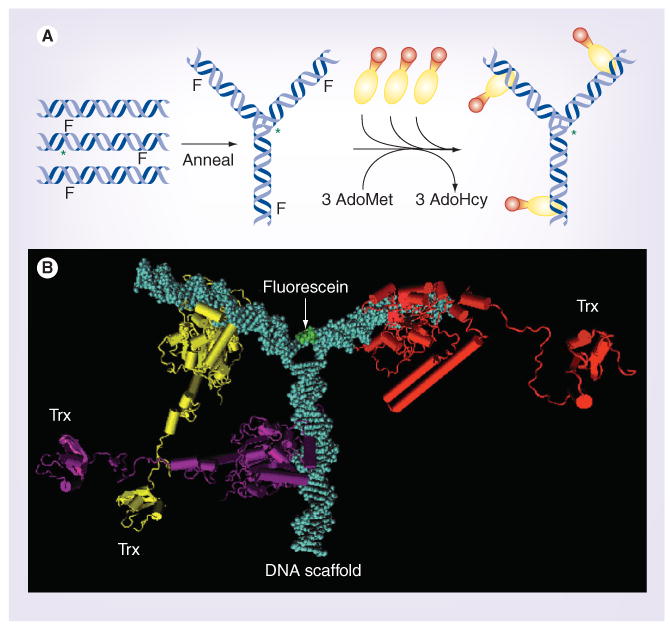Figure 1. Construction of a self-assembling thioredoxin-targeted nanodevice.

(A) The self-assembly sequence for the ND-Trx3. Oligodeoxynucleotides are synthesized separately and annealed to form a DNA Y-junction that carries a 5FdC moiety at methylation sites recognized by M•EcoRII on each arm of the Y-junction. Fluorescein-dT is added near the center of one of the three oligodeoxynucleotides during synthesis. Purified M•EcoRII-Trx fusion proteins are mixed with the Y-junction and AdoMet. Incubation at 37°C permits the methylation reaction to trap the fusion proteins at the methyltransferase recognition sites. (B) Molecular model of the nanodevice (ND-Trx3). The DNA scaffold is colored blue, the three M•EcoRII-Trx fusion proteins are colored yellow, purple and red, and the fluorescein, which is attached to the DNA scaffold, is green.
AdoHcy: S-adenosylhomocysteine; AdoMet: S-adenosylmethionine; ND-Trx3: Nandodevice; Trx: Thioredoxin.
